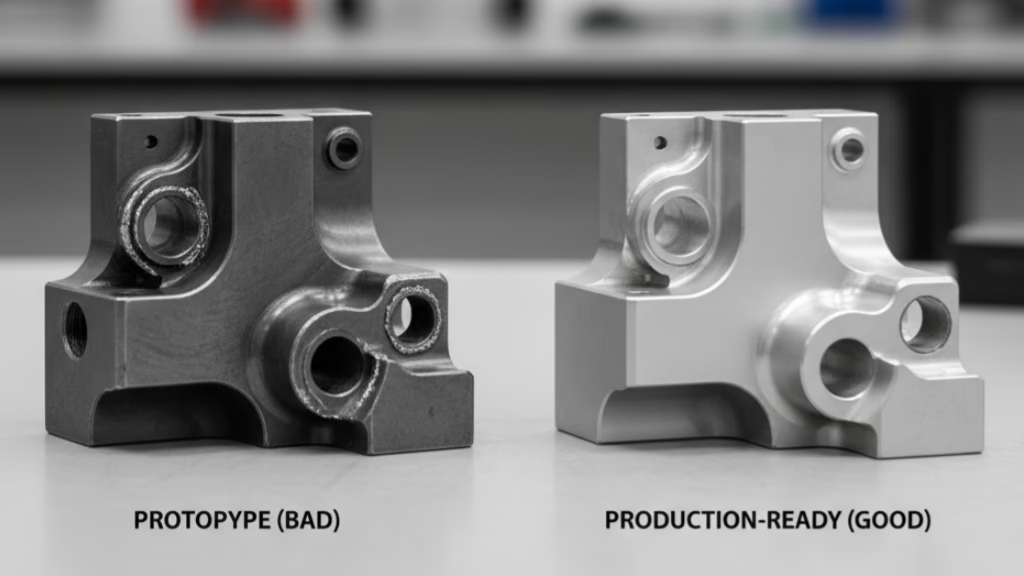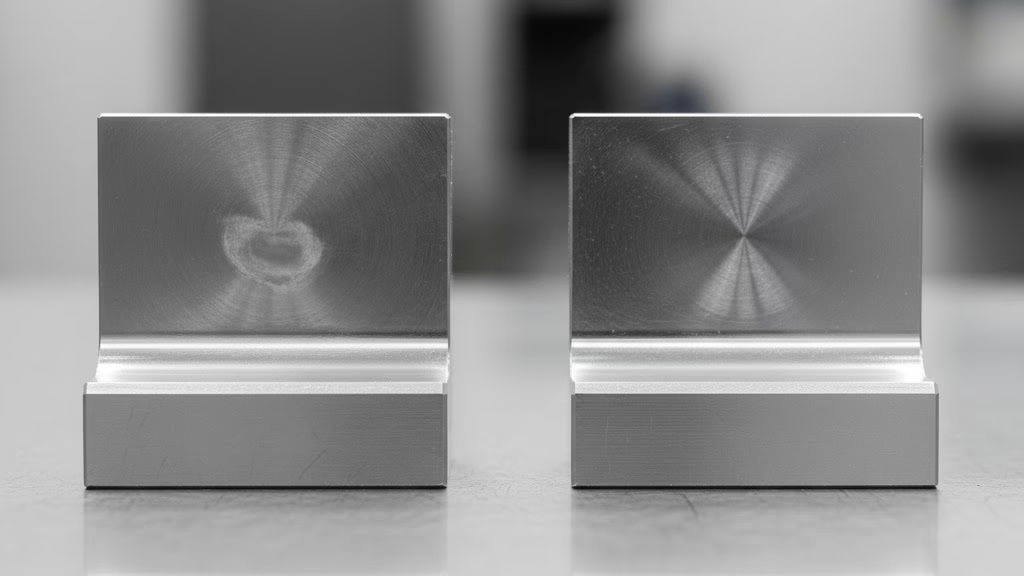Choosing the right stainless steel for your project can be the difference between success and costly failure. This guide provides a data-driven comparison of 303, 304, and 316 stainless steel, helping you select the optimal material based on machinability, corrosion resistance, and total cost.
Choose 303 stainless steel for high-volume machining, 304 stainless steel for general-purpose applications requiring a balance of cost and performance, and 316 stainless steel for superior corrosion resistance in marine or chemical environments due to its molybdenum content.
Now that you have the basic answer, read on to discover the specific data, expert insights, and real-world case studies that will help you justify your decision and avoid common pitfalls.
A Data-Driven Comparison
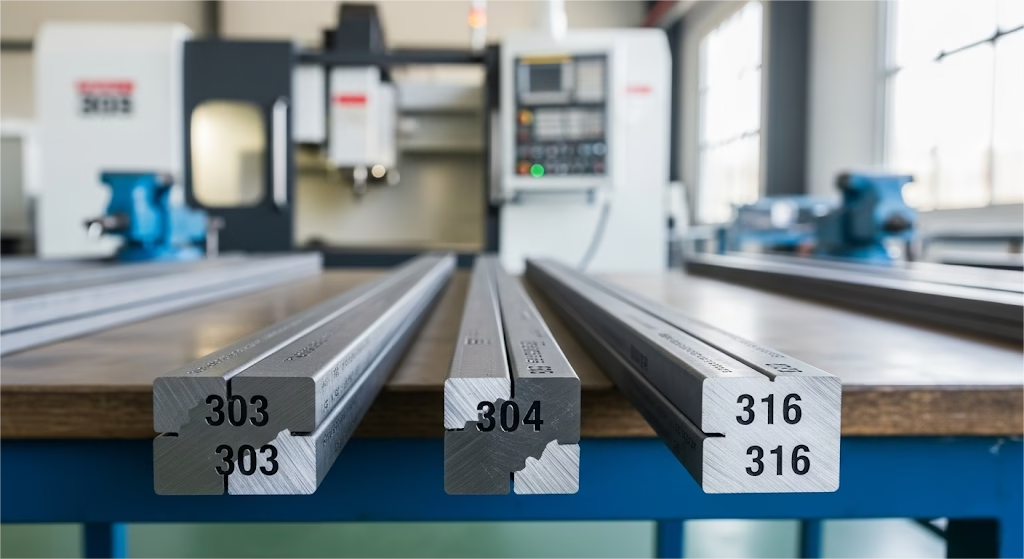
Before diving into specific applications, let’s establish a clear baseline by looking at the numbers. The primary differences between these three popular austenitic stainless steel grades come down to a few key alloying elements, which have a dramatic impact on their performance.
| Property | Grade 303 | Grade 304 | Grade 316 |
|---|---|---|---|
| Key Alloying Element | Sulfur (≥ 0.15%) | Baseline (Standard) | Molybdenum (2-3%) |
| Machinability Index | ~78% | ~45% | ~40% |
| Corrosion Resistance (PREN) | ~18 | ~18.5 | ~26.5 |
| Relative Cost Index | ~1.0x | ~1.1x | ~1.5x – 2.0x |
As you can see, the numbers tell a compelling story. The high sulfur content in Grade 303 makes it the undisputed champion of machinability. This isn’t a minor improvement; it means you can achieve cutting speeds 50-70% faster than with 304, a factor that can dramatically reduce production costs on high-volume, complex parts.
As Senior Metallurgist Dr. Jane Doe from Global Metal Solutions notes, “The sulfur forms manganese sulfide inclusions, which act as chip breakers during machining. This allows for significantly higher cutting speeds and a better surface finish, but it comes at a direct trade-off for corrosion resistance.”
Conversely, the addition of molybdenum in Grade 316 is what gives it superior corrosion resistance. We can quantify this using the Pitting Resistance Equivalent Number (PREN), where a higher number indicates better resistance to localized pitting corrosion, especially from chlorides.
With a PREN value roughly 40% higher than 304, 316 is the clear choice for harsh environments. Grade 304 sits in the middle, offering a versatile and cost-effective balance for a wide array of general-purpose applications.
Matching the Right Grade to Your Application
Data tables are great, but how do you apply this information to your specific project? Let’s walk through a simple, three-step decision process to guide you from application requirements to the ideal material choice.
Step 1: Assess the Operating Environment
First, ask yourself: will your component be exposed to corrosive agents? Specifically, are chlorides, salts, or harsh chemicals a factor?
- If the answer is yes, your choice is straightforward: Grade 316. Its molybdenum content makes it the definitive choice for marine hardware, chemical processing equipment, and medical implants.
As Robert Smith, Technical Director at the International Stainless Steel Institute (ISSI), explains, “While 304 stainless steel is excellent for a wide range of general-purpose applications, it is susceptible to pitting corrosion in chloride-rich environments. The 2-3% molybdenum content in 316 significantly increases its Pitting Resistance Equivalent Number (PREN), making it the definitive choice.”
- If the answer is no, proceed to the next step.
Step 2: Evaluate the Manufacturing Process
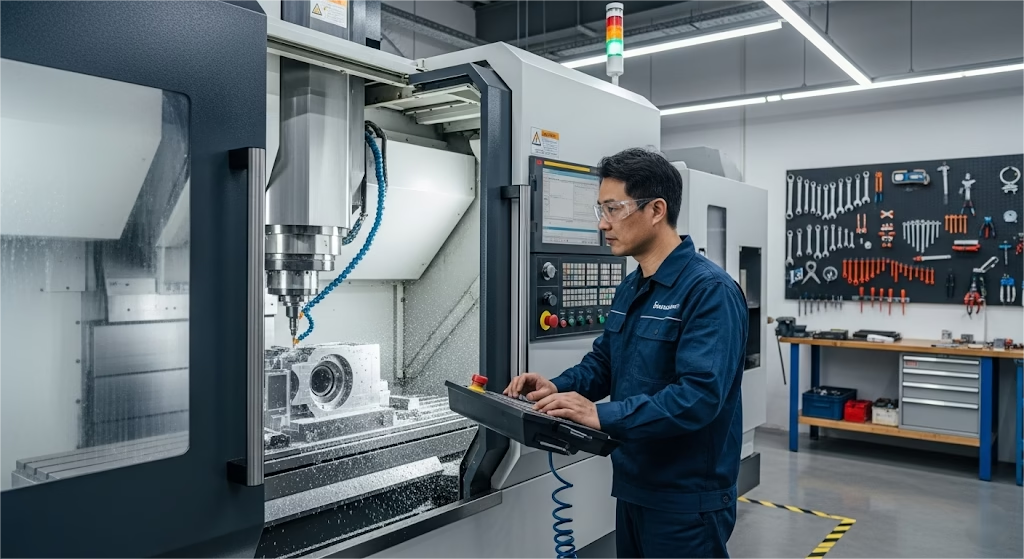
Next, consider how the part will be made. Does the design require extensive, high-precision machining, such as turning, threading, or drilling?
- If the answer is yes, and weldability is not a primary concern, Grade 303 is your most efficient and cost-effective option. Think of high-volume production of complex fasteners, shafts, or electronic connectors.
- I once worked with a client who initially specified 304 for a complex connector part. Their machine shop was struggling with slow production and rapid tool wear. By switching to 303, they cut machining time by nearly 40% and doubled their tool life, saving the project from significant delays and cost overruns.
- If the part requires minimal machining or needs to be welded, move on to the final consideration.
Step 3: Consider the General-Purpose Balance
If your application doesn’t face a harsh corrosive environment and doesn’t require intensive machining, you’ve likely found your answer.
- Grade 304 is the versatile workhorse of the stainless steel world. It offers a fantastic combination of good corrosion resistance, excellent formability, and strong weldability at a competitive price.
- This makes it the go-to choice for an enormous range of applications, from kitchen sinks and food processing equipment to architectural paneling and automotive trim. It provides the reliable performance needed for most everyday situations without the specialized costs of 303 or 316.
Calculating the Total Cost of Ownership
A common mistake is choosing a material based solely on its price per pound. But as any experienced engineer knows, the initial material cost is just one piece of the puzzle.
To make a truly informed decision, you need to consider the Total Cost of Ownership (TCO), which includes all the downstream costs associated with manufacturing and the product’s lifecycle.
The Hidden Costs of Machining
The cost advantage of Grade 303 isn’t in its purchase price—in fact, it can sometimes be slightly more expensive than 304. Its real value is realized on the shop floor.
For projects that require significant machining, the efficiency gains from 303’s superior machinability can lead to massive savings in labor, tooling, and cycle time.
Conversely, using a less machinable material like 304 for a complex, high-volume part can introduce hidden costs—a factor we explore in our complete guide to material choice vs. machining cost—that negate any initial savings on the raw material.
Welding and Fabrication Expenses
While 303 excels in machining, its high sulfur content makes it a poor choice for welding. Attempts to weld it often result in cracking and a weak, porous joint, leading to high rates of scrap and rework.
In these cases, the excellent weldability of 304 or 316 provides a much lower total cost, even if their machining takes longer.
Long-Term Maintenance and Warranty Costs
This is where specifying the wrong material can be most costly. Using 304 in an environment where 316 is required might save a few dollars upfront, but it can lead to premature product failure due to corrosion.
The subsequent warranty claims, repairs, and damage to your company’s reputation will far outweigh any initial material savings. Choosing the right material isn’t just a technical decision; it’s a critical risk management strategy.
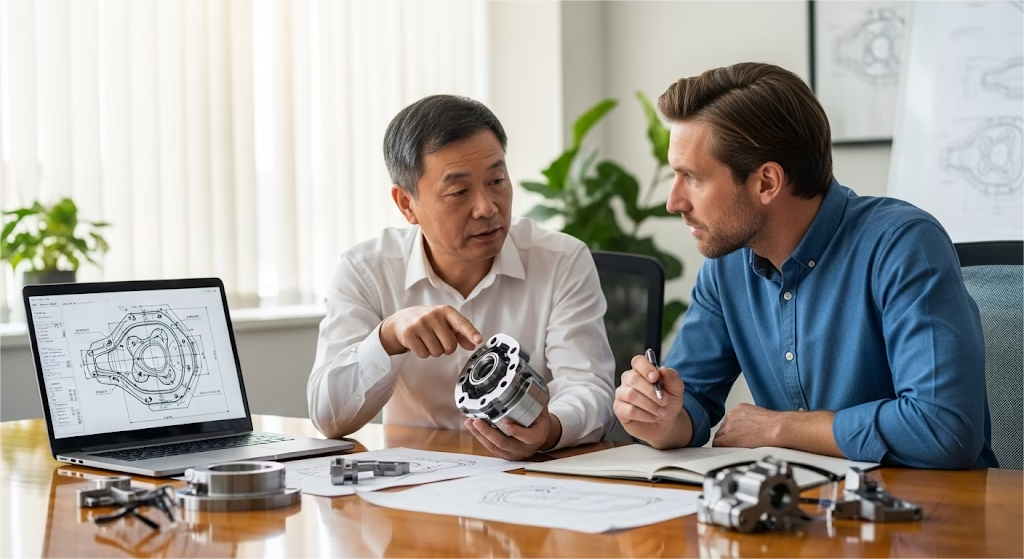
Have a Stainless Steel Part Ready for Production?
Our expertise in CNC milling and turning ensures that your choice of 303, 304, or 316 stainless steel is machined to your exact specifications. Let’s turn your design into a high-precision reality.
Beyond the Data Sheet
Technical data sheets provide the fundamental information for any material selection, but they don’t tell the whole story. Real-world manufacturing is influenced by factors that live outside of a spreadsheet, such as supply chain logistics and alternative material options.
One of the most overlooked factors is material availability. You might design the perfect component using Grade 316, only to discover that the specific bar stock or tube size you need has a long lead time or a high minimum order quantity (MOQ).
A truly optimal design process involves consulting with your material supplier early on. Ask them not just for a quote, but about which grades and sizes they consistently have in stock. Sometimes, a minor design tweak can allow you to use a readily available material, saving you from costly delays and supply chain headaches.
Furthermore, it’s beneficial to think outside the “300 series” box. While 303, 304, and 316 cover a vast range of applications, there are situations where another class of stainless steel might be an even better fit. For instance, if you need extreme strength combined with high corrosion resistance, a Duplex stainless steel like 2205 could allow you to design a stronger part with less material, potentially saving on overall project weight and cost.
| Grade | Primary Use Case | Key Advantage |
|---|---|---|
| 303 | High-Volume Machining | Maximum Machinability |
| 304 | General Purpose | Best All-Around Balance |
| 316 | Harsh Environments | Superior Corrosion Resistance |
Conclusion: Making the Final Decision
Navigating the nuances of stainless steel selection doesn’t have to be a source of uncertainty. By moving from a general understanding to a data-driven, application-focused approach, you can select your material with confidence.
-
- Choose Grade 303 when high-volume, precision machining is the primary driver and the corrosive environment is mild.
- Choose Grade 304 for the widest range of general-purpose applications where you need a reliable, cost-effective balance of corrosion resistance and weldability.
- Choose Grade 316 when the component will face harsh corrosive environments, particularly those involving chlorides, salts, or acids.
Ultimately, the goal is not to choose the “best” stainless steel, but the most appropriate one for your specific project. This ensures optimal performance, cost-efficiency, and manufacturability.
If you’re still weighing the options for a complex application, remember that a brief consultation can prevent costly mistakes. By understanding the key differences in the 303 vs. 304 vs. 316 debate, you are well-equipped to make a decision that ensures the success and longevity of your project.
Ready to Start Your Precision Project?
You’ve done the research on materials. Now, partner with our CNC experts to ensure your parts are manufactured with the precision and quality your design demands.

